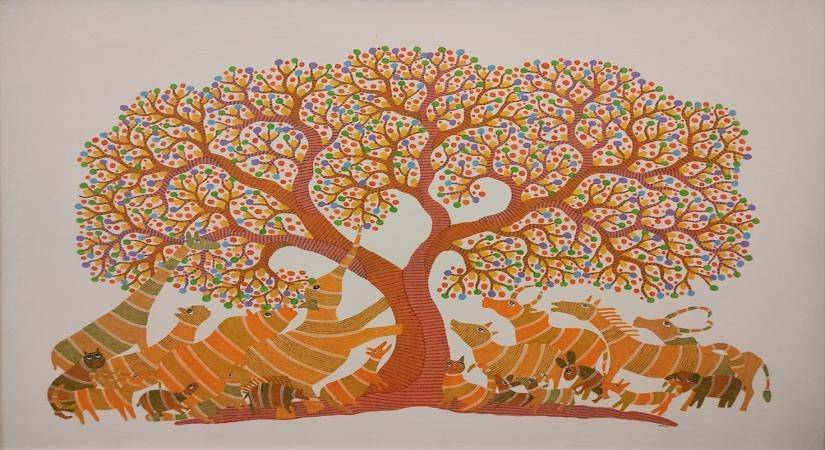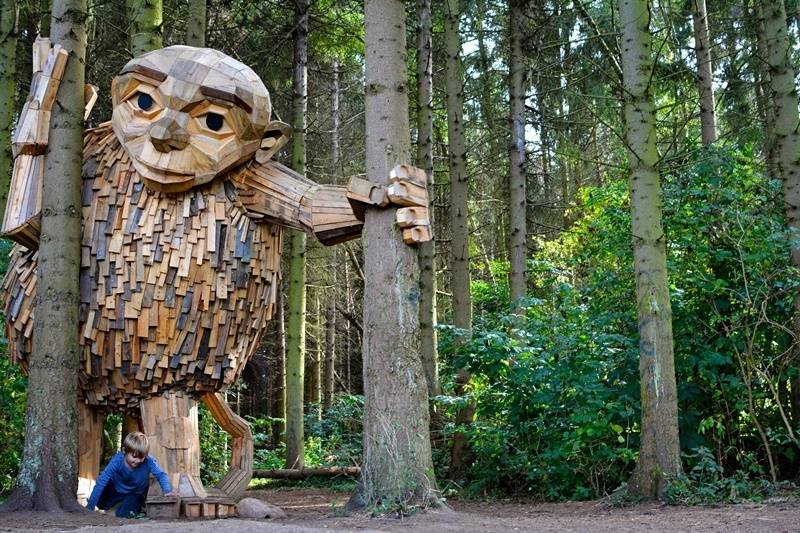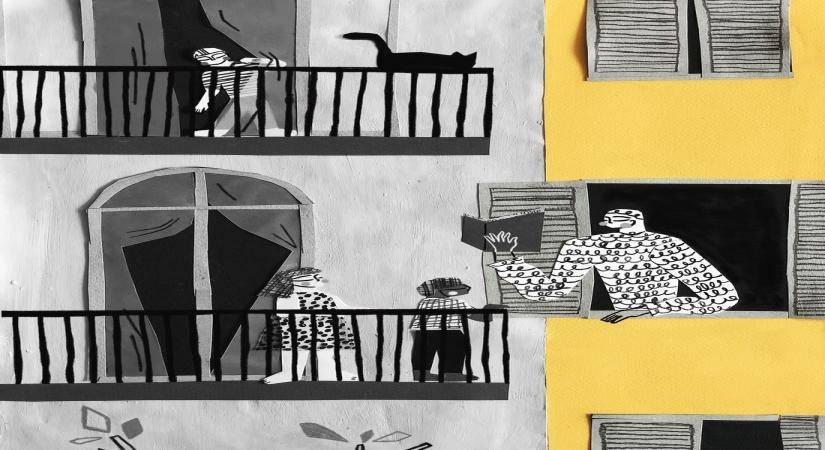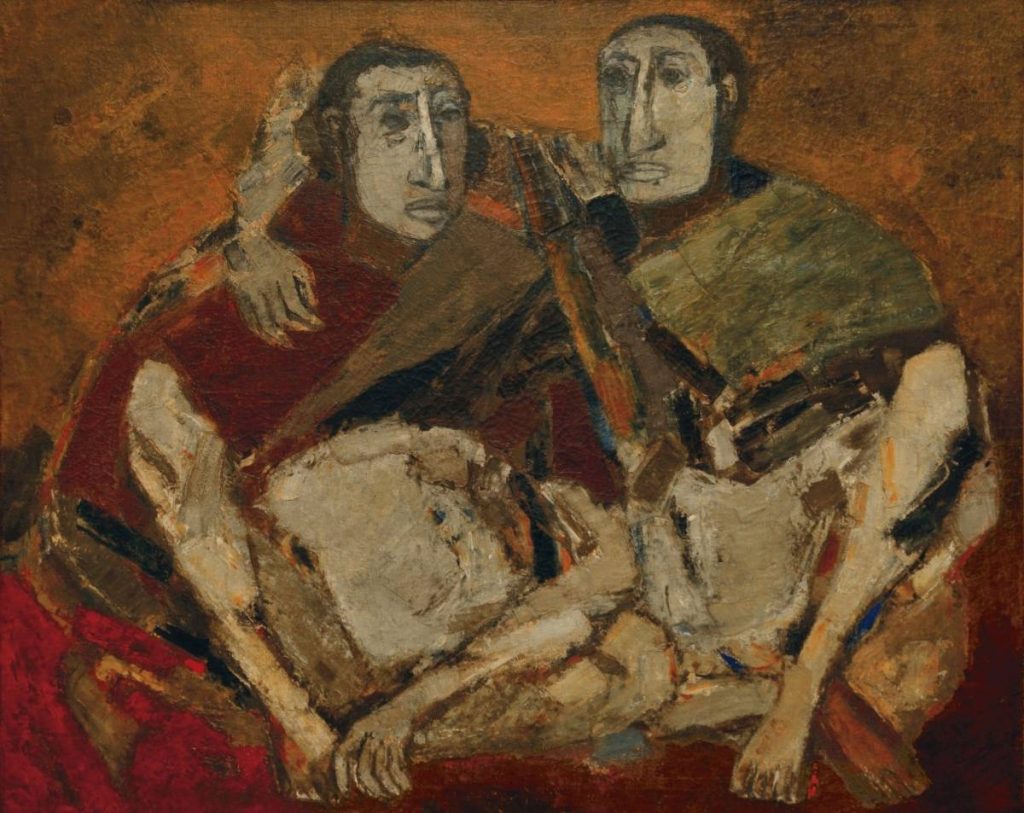Shoba Jolly’s work in documenting the regions where this art form is created is indeed path breaking. The exhibition will also bring forward the Hotel’s glorious history and its contemporary vibe…writes Siddhi Jain.
Celebrating India’s rich art heritage, Gallery Ragini, will showcase ‘Colloquial’ – an exhibition of India’s traditional art forms curated by Nidhi Jain at Ambassador, New Delhi – IHCL Selection’s. Opened on March 21, the exhibition has the story of Ramayana painted onto a mammoth 16-feet scroll as a show highlight.
Translating the epic Ramayana on a 16-feet scroll, this artful rendition by artist A Kumar Jha commences with the birth of Lord Ram and ends at the birth of his sons Love and Kush. The detailed line drawing of this artwork derives from the Mithila style of Madhubani painting. The vivid colours in the painting add a stark contrast to the naturally treated base creating a striking visual impact.
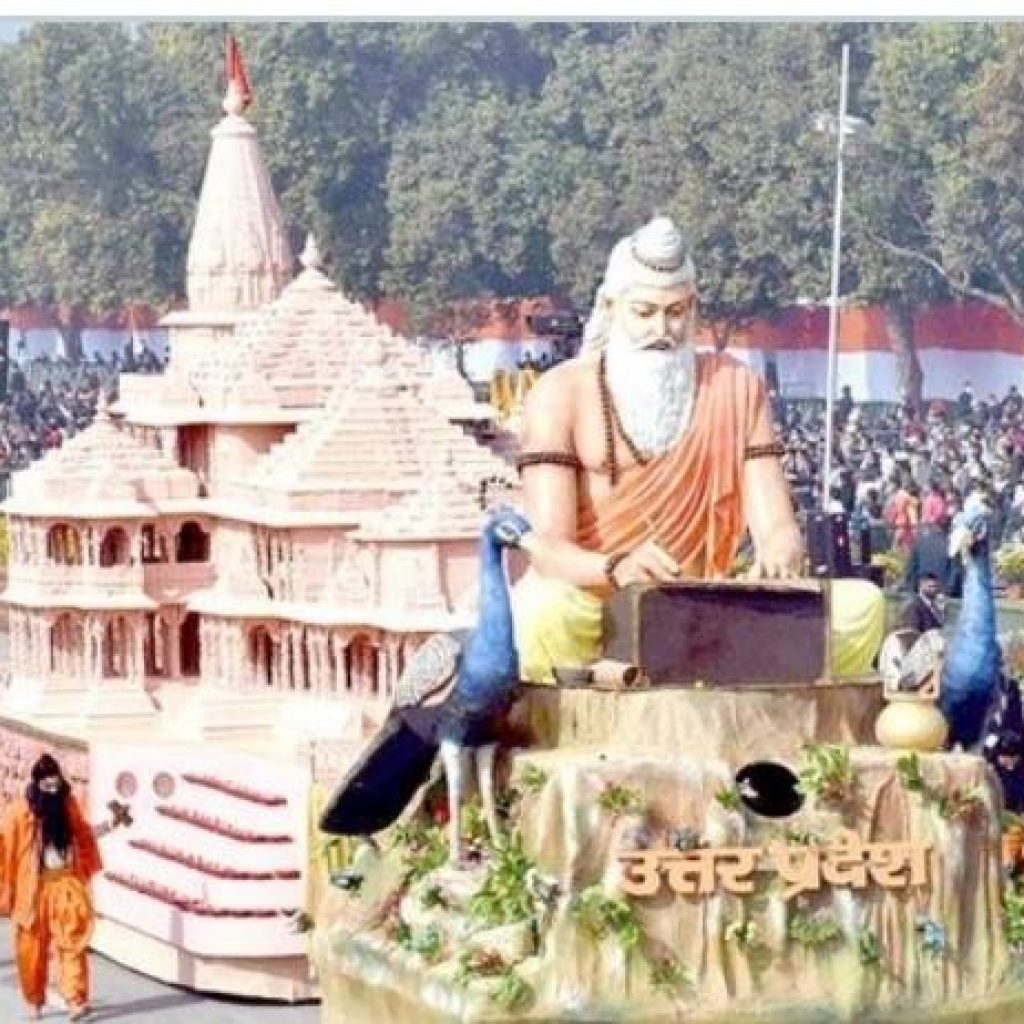
Kumar Jha has been working on the theme of the lost heritage of Ganga. The Madhubani artist translates his grief through his expression in the paintings. He follows the line drawing tradition of Madhubani with the customary zeal.
The exhibition will be on view through April and May at Ambassador at and simultaneously at the online art luxury platform www.artisera.com. The occasion also celebrates the glory of Lutyens’ Delhi, raising a toast to the legacy and heritage of the iconic hotel nestled in Sujan Singh Park.
‘Colloquial’ brings together five traditional art forms – Gond, Pichwai, Kalamkari, Pattachitra and Madhubani – through the works of seven revered artists. Dhavat Singh, the Gond artist, regales us with folk-lore, tribal myths and views on contemporary issues in his narrative. Dhavat belongs to the Jangarh family, a celebrated name in Gond artistry; he takes forward this tradition and makes it more relevant in contemporary times.
K.M. Singh is driven by his love for his hometown, Nathdwara. He endeavors to uphold his family tradition of painting Pichwai’s for the ancient Shreenath Temple. He paints traditional subjects of the region. Anil Khakhoriya practices the traditional method of embroidery on fabric to create an eclectic texture on the Pichwai.
S. Vishwanathan is committed to save the ancient art form of Kalamkari set in the beauteous temple town Srikalahasti. The artist paints with natural dyes on hand spun cotton fabric, a tradition passed on over centuries. Motifs drawn in Kalamkari spans from flowers, peacock, and paisleys to divine characters of Hindu epics like Mahabharata and Ramayana.

Prakash Chandra hails from the artist village of Raghurampur in Orissa. His detailed pen work and his beautiful paintings derive from the traditional Rath Yatra at the Jagannath temple. His work also reflects the prevalent contemporary culture around him.
Shoba Jolly’s work in documenting the regions where this art form is created is indeed path breaking. The exhibition will also bring forward the Hotel’s glorious history and its contemporary vibe.
“The show exhibits my bond with my heritage. All these years of working with the traditional art and weaves has enhanced my desire to carry on with my research of this vast world of indigenous art. My heritage is my gravity and inspiration. Each work from the show is a result of direct interaction with the artists’ and the result ever so satisfying. It is also the time that we focus more & more on traditional Indian arts so that its fading glory gets revived,” said Nidhi Jain, Curator and Founder, Gallery Ragini.
Also Read-Contemporary art of transformation
Read More-Art of thoughtful gifting

